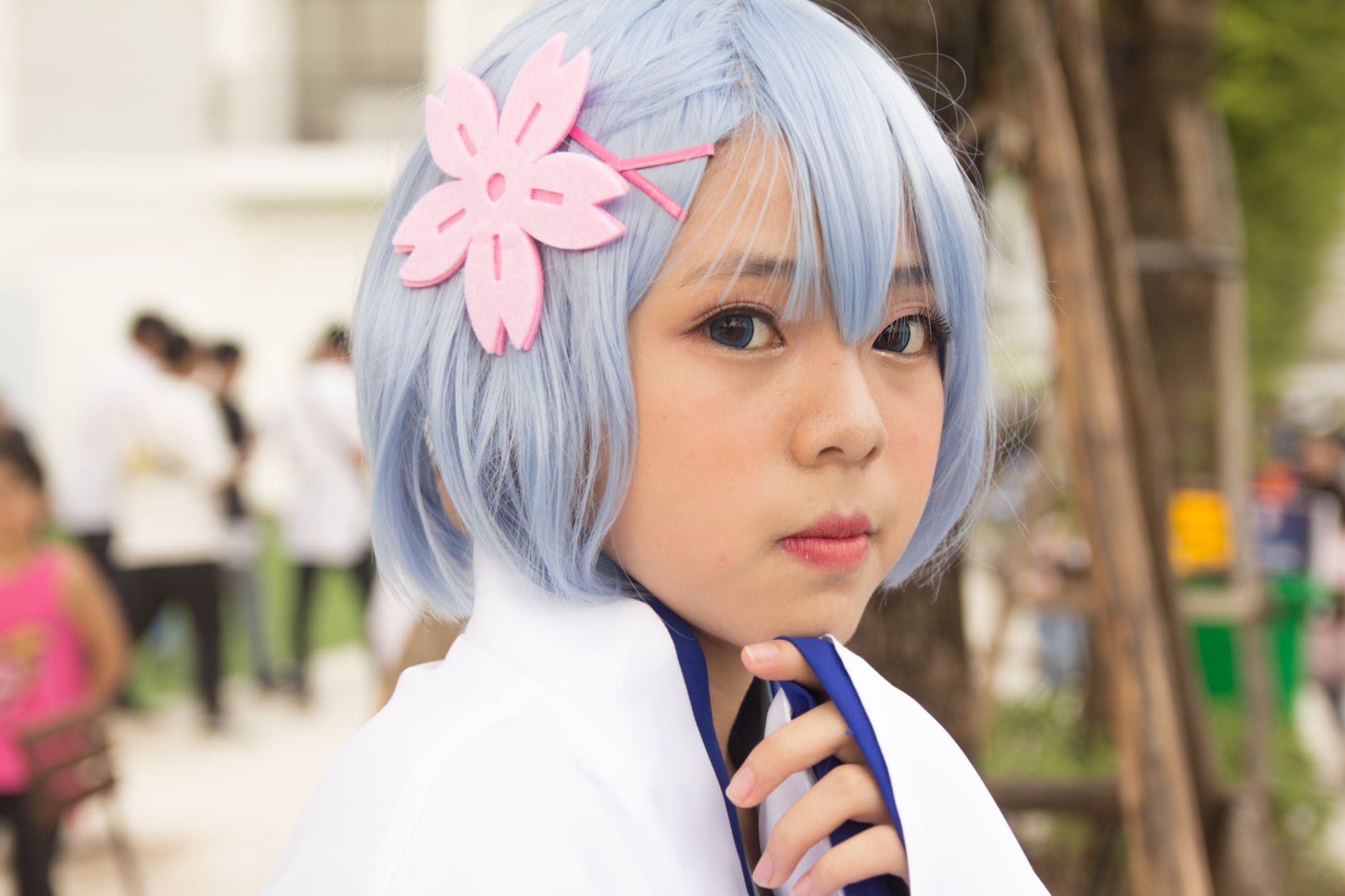Why Are Human-Hair Wigs More Expensive?

The world of wigs is diverse and can be perplexing to navigate, especially when it comes to understanding the cost disparities between human-hair wigs and synthetic alternatives.
While both types serve their purpose, the cost discrepancy is primarily due to the quality, origin, and processing involved in creating human hair wigs.
In this blog post, we’ll delve into why human-hair wigs are more expensive, where the hair comes from, the design process, and crucial differences between human and synthetic wigs.
We’ll also tackle questions such as “Are human hair wigs worth the investment?” and “How long do they last?”. We aim to demystify these topics, so you can make an informed decision when choosing a wig that suits your needs.
Why are human-hair wigs more expensive?

The cost of human-hair wigs is significantly higher than their synthetic counterparts, but this is not without reason.
Human hair wigs offer a more realistic appearance and versatility in terms of styling, a factor that contributes to their higher price point.
The meticulous process involved in creating these wigs, including sourcing the hair, disinfecting, designing, and hand-tying each hair strand, is labor-intensive, thereby driving up the cost.
How much do human hair wigs cost?
The price range for human hair wigs can vary widely, depending on factors like hair quality, length, brand, and the complexity of the wig design.
On average, high-quality human hair wigs can cost anywhere from a few hundred to several thousand dollars.
How are human hair wigs made?
Creating a human hair wig is a complex and time-consuming process.
It begins with sourcing high-quality hair, which is then disinfected thoroughly to ensure it’s free from any impurities. Following this, the hair is designed into a wig.
Each strand is meticulously hand-tied to the cap, giving the wig a natural appearance.
Best quality hair
The quality of hair used in wigs can significantly impact their price.
Virgin hair, hair that has never been chemically treated, is considered the highest quality and is often used in top-tier human hair wigs.
Its natural, untouched state allows it to blend seamlessly with the wearer’s own hair, providing a more realistic look and feel.
Where do they get hair for human hair wigs?
Human hair for wigs is typically sourced from countries like India, China, and Brazil, where hair donation is a common practice for religious, cultural, or economic reasons.
The hair is carefully collected, sorted, and processed to maintain its quality and longevity.
Are human hair wigs better than synthetic?
Choosing between human hair and synthetic wigs often comes down to personal preference and budget.
However, human hair wigs offer superior realism, durability, and styling flexibility.
They can be cut, colored, and styled just like your natural hair, unlike synthetic wigs that can’t withstand heat styling and chemical treatments.
Difference between human and synthetic wigs
In terms of texture and appearance, human hair wigs are virtually indistinguishable from natural hair.
Conversely, synthetic wigs often have a slight sheen that can give away their artificial nature.
Human hair wigs also have a longer lifespan and are more resistant to wear and tear.
Are human hair wigs worth it?
When considering their realism, longevity, and styling versatility, many wig wearers would agree that human hair wigs are worth the investment.
They offer a more natural look and a comfort level that is often unmatched by synthetic alternatives.
How long does a human hairwig last?
The lifespan of a human hair wig depends on factors such as the quality of the hair, how often it’s worn, and how it’s maintained.
With proper care, a high-quality human hair wig can last up to a year or even longer.
Advantages of human hair wigs
Human hair wigs offer numerous benefits, from a natural look and feel to the ability to be styled with heat tools
They also tend to be more breathable and comfortable, making them a good choice for long-term wear.
Disadvantages of human hair wigs
Despite their advantages, human hair wigs come with some drawbacks.
They require more maintenance than synthetic wigs and may not hold a style as well in humid or wet weather conditions. Additionally, their higher price point may not be within everyone’s budget.
Conclusion
In conclusion, the higher cost of human hair wigs is reflective of the quality, source, and manufacturing process of the hair used.
They offer a realistic appearance, durability, and style versatility that is often unmatched by synthetic alternatives.
However, they may require a larger initial investment and more maintenance. Ultimately, the choice between human hair and synthetic wigs comes down to individual preference, lifestyle, and budget.
FAQs
Do human hair wigs look real?
Yes, human hair wigs can look incredibly real due to the texture and appearance of the hair used. They can be styled and cared for just like natural hair, enhancing their realistic look.
How do you wash a human hair wig?
Human hair wigs should be washed gently with specially formulated wig shampoo and conditioner. They should be dried naturally and not exposed to high heat, as this can damage the hair.
Do barbers sell your hair?
Generally, barbers do not sell the hair they cut. However, there are organizations and businesses where individuals can sell or donate their hair for wig-making.
